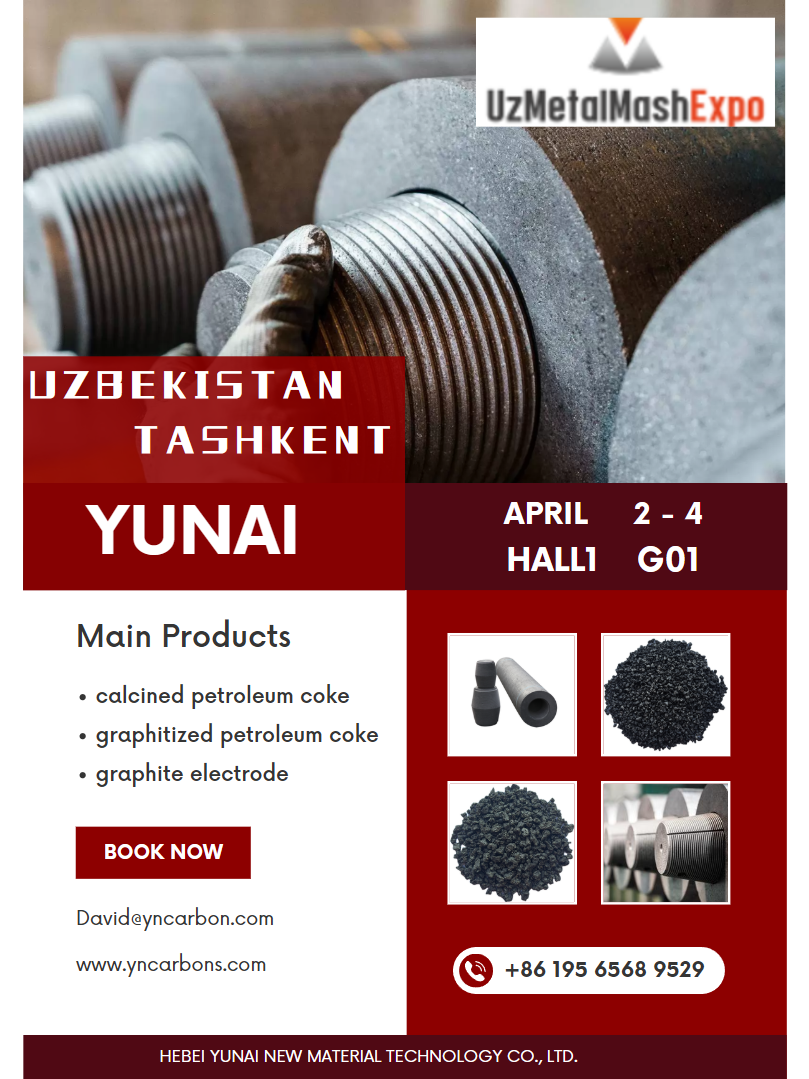Understanding Graphite Electrodes: Essential Components for Steel Making
Release Time:
Jun 25,2025
Graphite electrodes play a pivotal role in the steel-making process, particularly in electric arc furnaces (EAFs). As a conductor of electricity, graphite is integral in melting scrap steel and producing new steel products. The unique properties of graphite, such as high thermal conductivity, excellent electrical conductivity, and resistance to thermal shock, make it an ideal material for this app

Graphite electrodes play a pivotal role in the steel-making process, particularly in electric arc furnaces (EAFs). As a conductor of electricity, graphite is integral in melting scrap steel and producing new steel products. The unique properties of graphite, such as high thermal conductivity, excellent electrical conductivity, and resistance to thermal shock, make it an ideal material for this application.
In the EAF process, electric arcs are generated between the graphite electrodes and the scrap steel. These arcs produce extremely high temperatures, allowing the steel to melt efficiently. The ability of graphite electrodes to withstand these harsh conditions is crucial for maintaining the integrity of the steel production process. Additionally, graphite's low coefficient of thermal expansion means it can operate under extreme temperature variations without deforming or breaking.
One of the significant advantages of using graphite electrodes is their sustainability. With a growing emphasis on environmentally responsible practices in the steel industry, the use of scrap steel in EAFs aligns with efforts to reduce waste and lower greenhouse gas emissions. Graphite electrodes contribute to this sustainability by enabling the recycling of steel, which is not only cost-effective but also reduces the need for virgin raw materials.
The manufacturing process of graphite electrodes involves several stages, including the selection of high-quality petroleum coke, calcination, mixing with pitch, and subsequent graphitization. This meticulous process ensures that the electrodes meet the stringent quality standards necessary for efficient steel production. The quality of the graphite used directly impacts the performance of the electrodes, influencing factors such as melting efficiency and operational longevity.
Moreover, the market for graphite electrodes has witnessed fluctuations due to various global factors, including changes in supply and demand, environmental regulations, and advancements in technology. These factors can affect the availability and pricing of graphite electrodes, making it essential for manufacturers and steel producers to stay informed about market trends and innovations.
In conclusion, graphite electrodes are indispensable to the steel-making industry. Their unique properties and contributions to efficiency and sustainability make them vital components in modern steel production. As the industry continues to evolve, understanding the role of graphite electrodes will remain crucial for stakeholders aiming to optimize their processes and adhere to environmental standards.
In the EAF process, electric arcs are generated between the graphite electrodes and the scrap steel. These arcs produce extremely high temperatures, allowing the steel to melt efficiently. The ability of graphite electrodes to withstand these harsh conditions is crucial for maintaining the integrity of the steel production process. Additionally, graphite's low coefficient of thermal expansion means it can operate under extreme temperature variations without deforming or breaking.
One of the significant advantages of using graphite electrodes is their sustainability. With a growing emphasis on environmentally responsible practices in the steel industry, the use of scrap steel in EAFs aligns with efforts to reduce waste and lower greenhouse gas emissions. Graphite electrodes contribute to this sustainability by enabling the recycling of steel, which is not only cost-effective but also reduces the need for virgin raw materials.
The manufacturing process of graphite electrodes involves several stages, including the selection of high-quality petroleum coke, calcination, mixing with pitch, and subsequent graphitization. This meticulous process ensures that the electrodes meet the stringent quality standards necessary for efficient steel production. The quality of the graphite used directly impacts the performance of the electrodes, influencing factors such as melting efficiency and operational longevity.
Moreover, the market for graphite electrodes has witnessed fluctuations due to various global factors, including changes in supply and demand, environmental regulations, and advancements in technology. These factors can affect the availability and pricing of graphite electrodes, making it essential for manufacturers and steel producers to stay informed about market trends and innovations.
In conclusion, graphite electrodes are indispensable to the steel-making industry. Their unique properties and contributions to efficiency and sustainability make them vital components in modern steel production. As the industry continues to evolve, understanding the role of graphite electrodes will remain crucial for stakeholders aiming to optimize their processes and adhere to environmental standards.
Keywords:
More information








